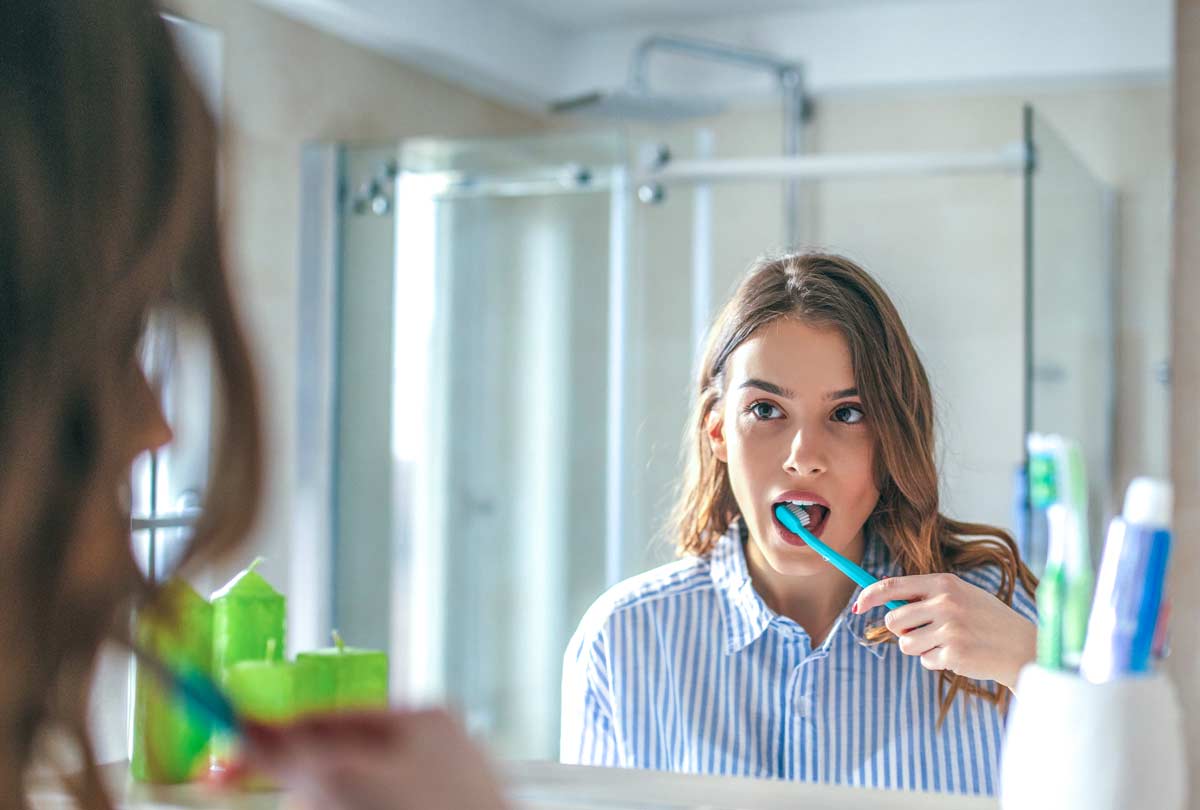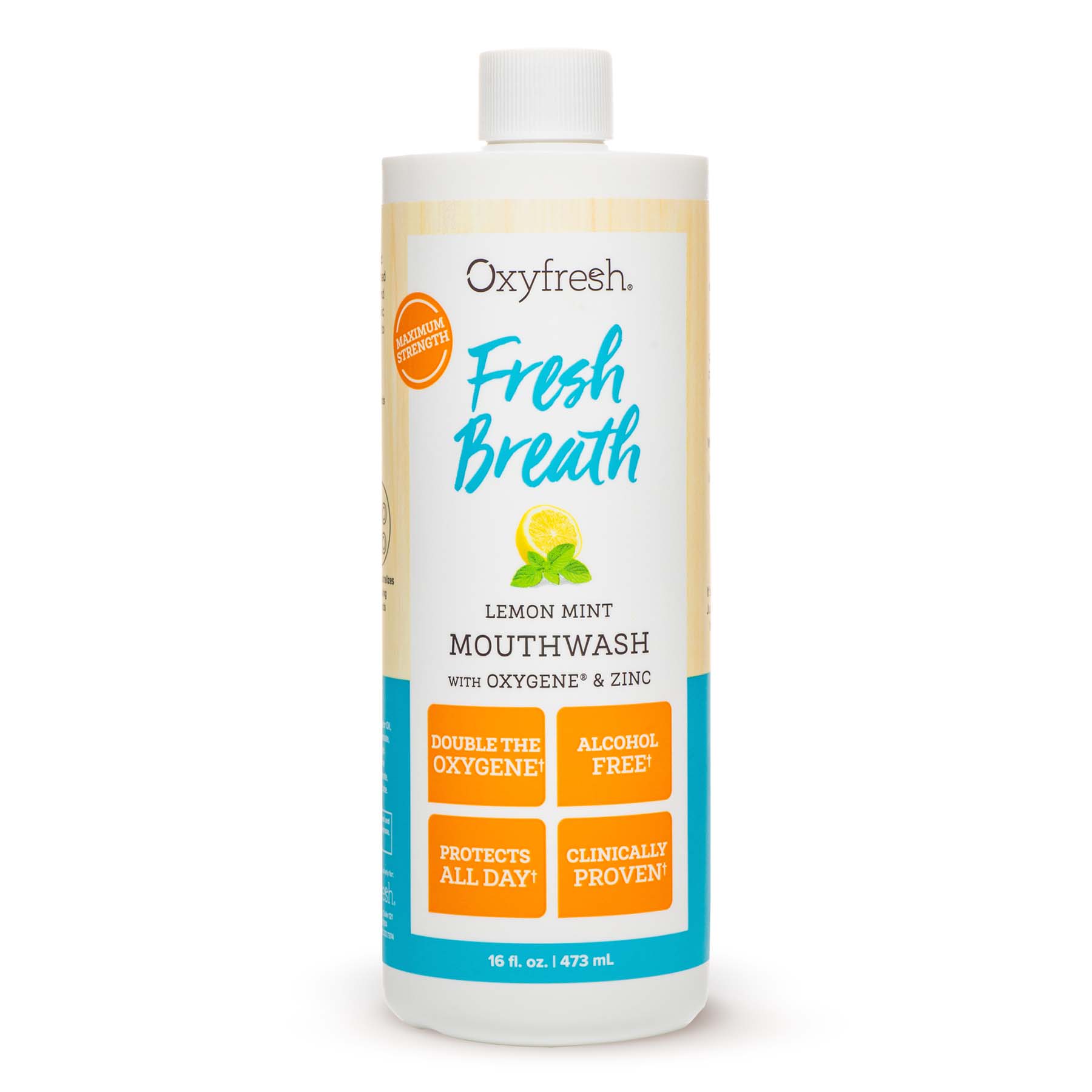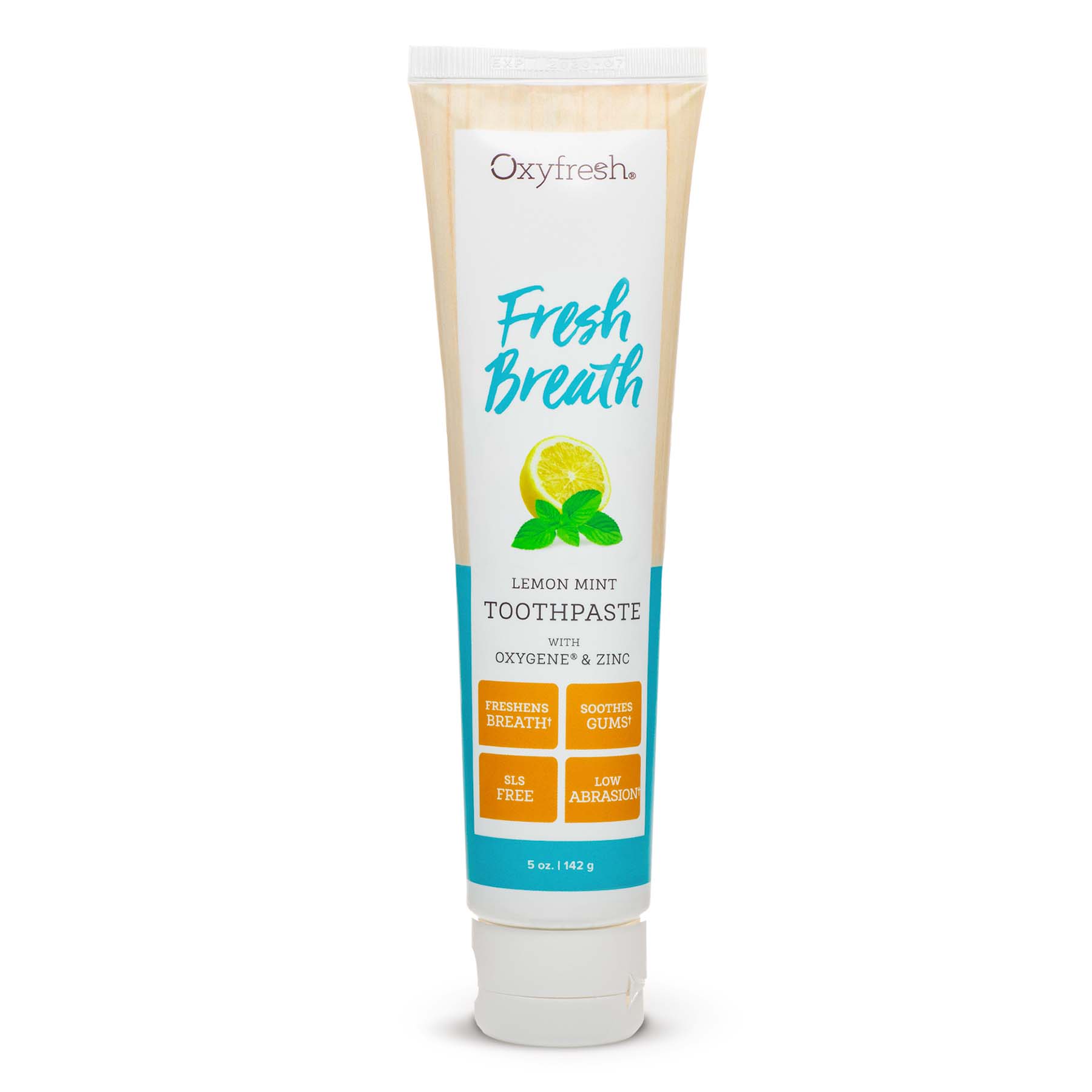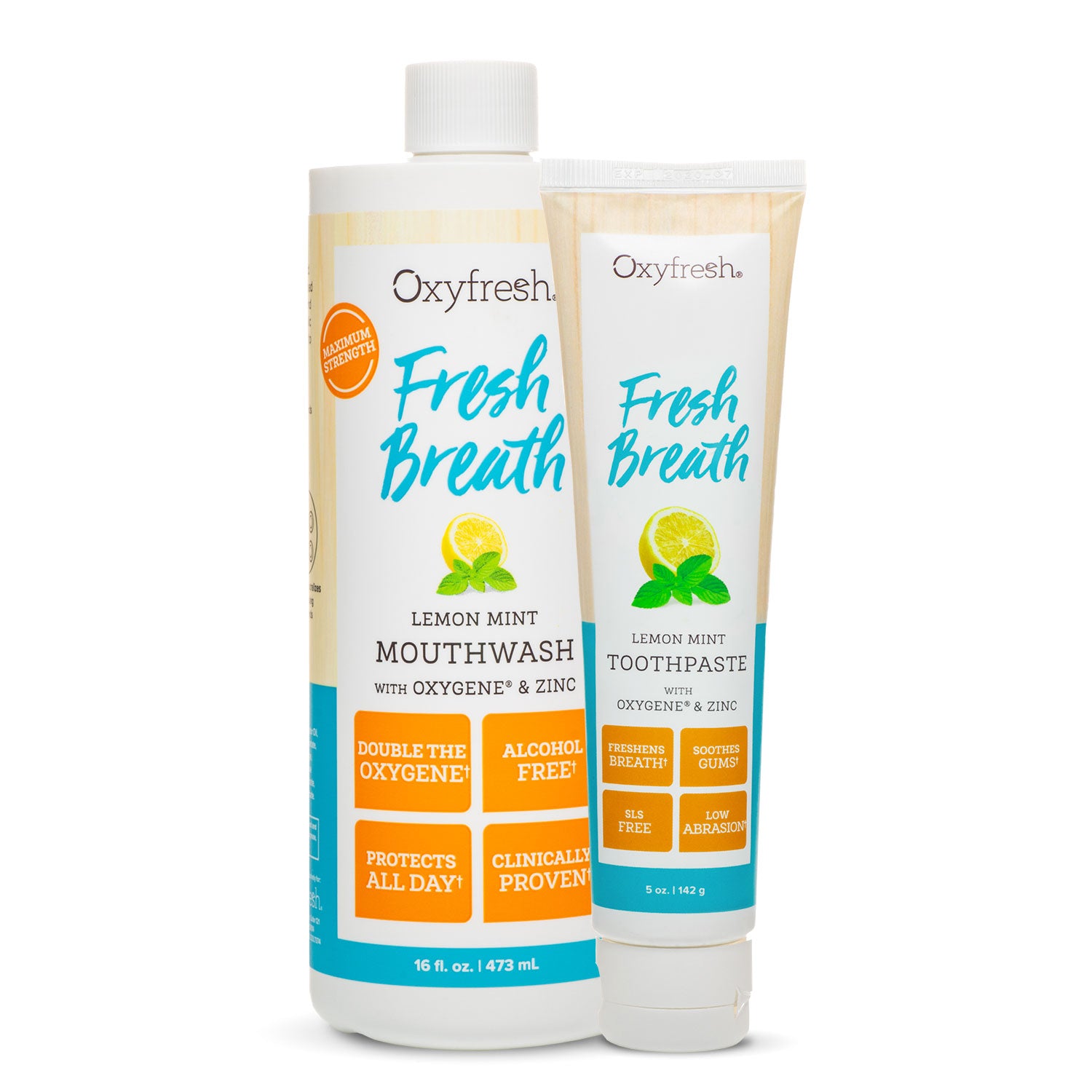Why Is My Toothpaste Burning My Mouth? What You Need to Know.
Feel like you’re brushing your teeth with jalapeño toothpaste? Yikes! Brushing shouldn’t burn your mouth. But for many people, that’s the exact sensation they get, which can make for a pretty unpleasant dental routine.
If you’re in this boat, don’t worry. Saying goodbye to that burning mouth-feel can be as simple as avoiding one key ingredient in toothpaste.
Feeling the Burn? Which Ingredient in Toothpaste to Avoid.
Sodium lauryl sulfate (SLS) is the most common detergent in toothpaste. And for some, it can trigger a burning sensation in the mouth. Why is sls in toothpaste? It’s used as a foaming agent and helps spread the paste around in our mouths. As consumers, we’ve been trained to think that foaming equals clean. (I mean, who doesn’t love bubbles?)
The burning sensation can affect any part of the mouth: lips, tongue, or inner cheek tissue. In addition to the burn, you may also experience dryness after brushing, which is a problem because that will make your breath smell. SLS can also alter your taste for up to four hours after brushing. That’s because it interferes with the taste buds’ ability to detect sweetness, while ramping up the "bitter receptors." Eureka! So that’s why orange juice tastes bad after brushing.
Are You Experiencing Tissue Sloughing Too?
If you have a sensitivity to sls in toothpaste, there’s a good chance that you’ll have tissue sloughing too. Tissue sloughing is when the tissue in your inner cheeks or lips peels away, leading to rawness, irritation, and you guessed it – a burning sensation. A double whammy can occur if you rinse with alcohol mouthwash. Alcohol mouthwashes are notorious for causing burning sensations and tissue sloughing.
Can SLS in Toothpaste Give You Canker Sores?
Also called aphthous stomatitis, canker sores are annoying little mouth ulcers that can cause BIG pain, especially when brushing your teeth or eating or drinking acidic foods. (We’re talking to you, spaghetti sauce.)
If you tend to get canker sores a lot, you’d be wise to switch to a toothpaste without sodium lauryl sulfate ASAP. In a canker sore/sls study, it was shown that patients with recurrent canker sores went from getting 14.3 cankers over a 3-month period to 5.1 cankers after going sls free.
What Women Should Know About Toothpaste Without Sodium Lauryl Sulfate
A toothpaste study of 28 women (half pre-menopausal, half post-menopausal), showed that pre-menopausal women (still having period) were significantly more sensitive to sls in toothpaste than post-menopausal women ... by a difference of 55%!
In the study, 4 different toothpastes were used, with differing concentrations of sls, including sls free. The participants applied 1 cm of their test toothpaste to a cap splint for 2 minutes, 2x daily over a period of 4 days. During that time, 42 desquamative reactions (burning, tissue sloughing) of the oral mucosa were observed, 29 in the pre-menstrual group and 13 in the post-menstrual group.
What's really amazing is that none of the women who used sls-free toothpaste experienced oral irritation of any kind!
Could You Have Burning Mouth Syndrome?
When it comes to that awful burning sensation in your mouth, how can you tell if you have a sensitivity to an ingredient in toothpaste or if you have Burning Mouth Syndrome (BMS)?
Yikes! What is Burning Mouth Syndrome? BMS is a condition where it feels like your mouth is on fire (kind of like eating hot peppers, but without the bragging rights). Others describe it as a tingling or numbing sensation, or the feeling you get if you scald your tongue on hot food.
Keep in mind, your mouth won’t actually feel hot to the touch. BMS is a problem with how the nerves in the mouth send messages to the brain.
Causes of Burning Mouth Syndrome
The cause of BMS is elusive. To further complicate things, it can result from a combination of factors.
How Common Is BMS?
Fortunately, it’s not super common. In a population-based BMS study of 100,000 residents in Olmsted County, Minnesota, there were only 149 cases of it. What the study did reveal is that BMS is much more common in women than men, particularly in post-menopausal women, with 59 being the average age of diagnosis.
Without intervention, Burning Mouth Syndrome can last for months or years. The pain can be constant or intermittent. So if you’re unsure if it’s the sls in toothpaste causing the burning sensation or not, quit your current toothpaste for a week and see if your condition improves. If your mouth is still burning after that, it’s time to get in to see the doctor or dentist.
Important: If you DO have Burning Mouth Syndrome, it’s imperative to switch to an alcohol-free mouthwash and toothpaste without sodium lauryl sulfate to keep the burn under control.
Best Toothpaste for Burning Mouth Syndrome, Cankers & SLS-Sensitive Smiles
Destined to be your new main squeeze, Oxyfresh Fresh Breath Lemon Mint Toothpaste is the best toothpaste for Burning Mouth Syndrome or sensitivities to SLS.
With its delicate blend of seven essential oils, you’re guaranteed a hydrating, fresh experience every time you brush. No burning menthol flavors, which is great news for everyone in the family, especially those who don’t like "spicy" mint toothpastes.
And when it comes to your breath, oh yeah! We’re bringing it with a maximum-strength blend of Oxygene® (our propriety breath freshener), zinc and xylitol. Lemon Mint Toothpaste is clinically proven superior to store brand paste at reducing stinky bacteria and plaque while improving gum health.
SLS and fluoride free, it’s the real deal for anyone who wants a really soothing and hydrating brushing experience. You gotta taste it to believe it!
Pro Tip: Pair Lemon Mint Toothpaste with alcohol-free Lemon Mint Mouthwash for the ultimate fresh breath routine.








